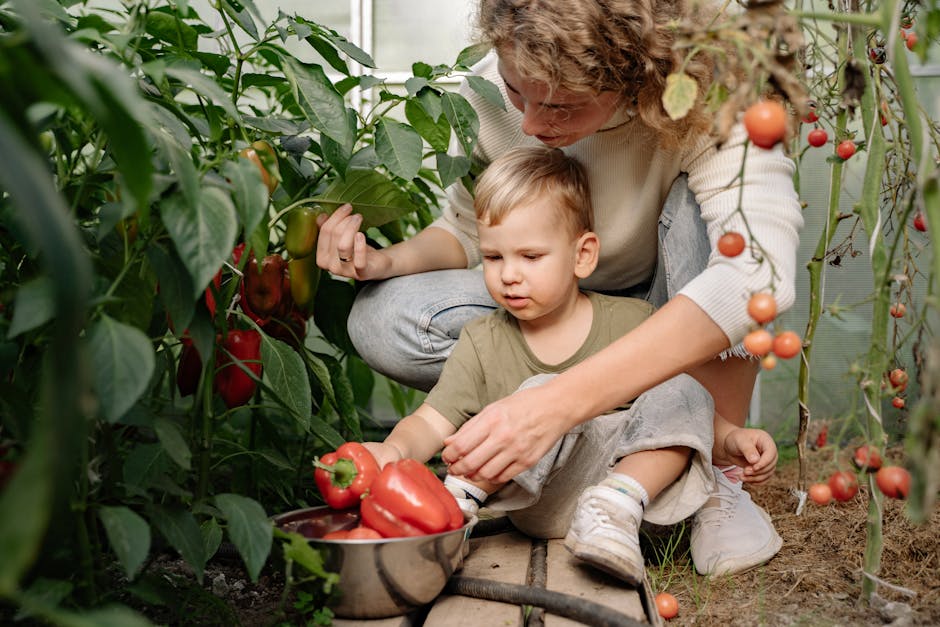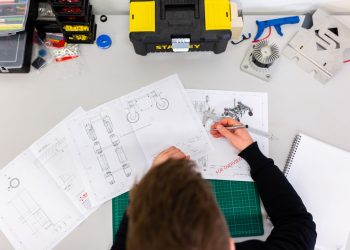No products in the cart.
Cultivating Futures: AI’s Role in Agricultural Education
AI is changing the landscape of agricultural education, equipping farmers with essential skills for the future. Learn how this tech is reshaping farming.
In a world where technology races ahead, agriculture is catching up. As farmers face unprecedented challenges — from climate change to market volatility — the introduction of artificial intelligence (AI) in agricultural education is not just a trend; it’s a lifeline. Imagine a future where farmers wield AI tools like a seasoned artist with a brush, painting a portrait of productivity and sustainability.
AI technologies are more than just buzzwords; they are becoming essential instruments for modern farming. In the heart of rural America, a new wave of educational initiatives is emerging, blending traditional farming techniques with cutting-edge technology. There’s a palpable excitement among young farmers eager to learn how AI can optimize crop yields, forecast weather patterns, and manage resources efficiently.

At universities and agricultural colleges, programs dedicated to AI literacy in farming are cropping up like wildflowers after a spring rain. Institutions are partnering with tech companies to develop curricula that teach students how to integrate AI tools into everyday farming practices. Students are learning to analyze data from drones that survey fields, use machine learning to predict crop diseases, and employ robotics for planting and harvesting.
One such program, the AgriTech Initiative at the University of California, Davis, offers hands-on experience with AI applications in agriculture. “We’re not just teaching theory,” explains Dr. Emily Tran, the program director. “We want our students to walk away with practical skills that they can implement on their farms.” This pragmatic approach is crucial in a sector where knowledge must translate into tangible results.
“We want our students to walk away with practical skills that they can implement on their farms.” This pragmatic approach is crucial in a sector where knowledge must translate into tangible results.
The need for AI literacy is echoed by industry leaders. “As agriculture becomes more technology-driven, we risk leaving behind those who aren’t equipped with the necessary skills,” says Mark Reynolds, CEO of AgriFuture, a tech startup focused on sustainable farming solutions. “Investing in education ensures that the next generation of farmers is prepared for the challenges ahead.”
Yet, the integration of AI in agriculture education isn’t without its critics. Some argue that an over-reliance on technology could undermine traditional farming wisdom. Veteran farmers, who have honed their skills over decades, often express skepticism about the new digital tools flooding the market. “I worry that we might forget the lessons learned from the land,” says John Miller, a fifth-generation farmer from Nebraska. “AI is great, but it can’t replace intuition and hard work.”
This tension between tradition and innovation reflects a broader societal debate about the role of technology in everyday life. The challenge lies in finding a balance — harnessing the power of AI while respecting the foundational knowledge that has sustained farming communities for generations.
As the conversation evolves, so does the landscape of agricultural education. Many programs are incorporating modules that emphasize not only technical skills but also the importance of ethical considerations in technology use. “We teach our students to think critically about how they implement AI,” Dr. Tran notes. “It’s not just about efficiency; it’s about sustainability and community impact.”
Looking ahead, the potential of AI in agriculture education is immense. As the global population continues to rise, the pressure on food production will only increase. The United Nations estimates that by 2050, the world will need to produce 70% more food to feed nearly 10 billion people. AI could be the key to unlocking that potential, transforming agricultural practices to meet these demands.
Moreover, as the gig economy flourishes, opportunities for young people in agriculture are evolving. Many are not just looking to inherit family farms; they are interested in starting their own ventures, utilizing AI tools to carve out niches in the market. “The future of farming is diverse,” says Reynolds. “It’s about innovation, entrepreneurship, and a willingness to adapt.”
“We teach our students to think critically about how they implement AI,” Dr.
In areas like precision agriculture, where farmers can tailor their practices to specific field conditions through real-time data collection, the opportunities are ripe for the picking. Young entrepreneurs are stepping into this space with fresh ideas and a tech-savvy mindset. For them, agriculture isn’t just a way of life; it’s a frontier for innovation.
As AI continues to permeate various sectors, the agricultural landscape is also set for transformation. Educational institutions must remain agile, adapting their curricula to keep pace with technological advancements. For students, this means staying curious, embracing change, and preparing for a career that merges the old with the new.
The seeds of AI in agriculture education are being sown today, promising to yield a harvest of innovation and sustainability for generations to come. As young farmers take the reins, they will redefine what it means to cultivate the land in the 21st century — not just with plows and seeds, but with algorithms and insights.











